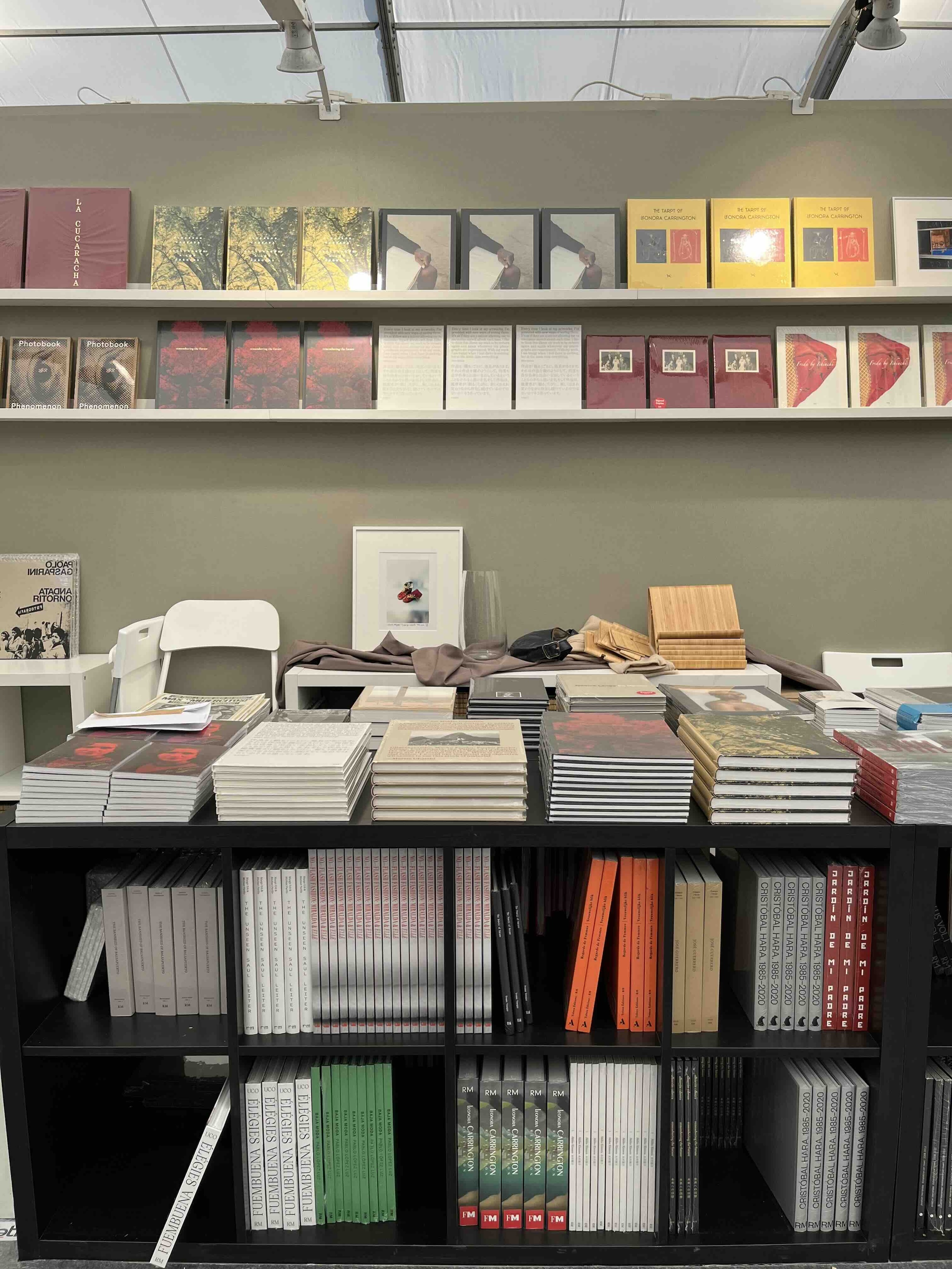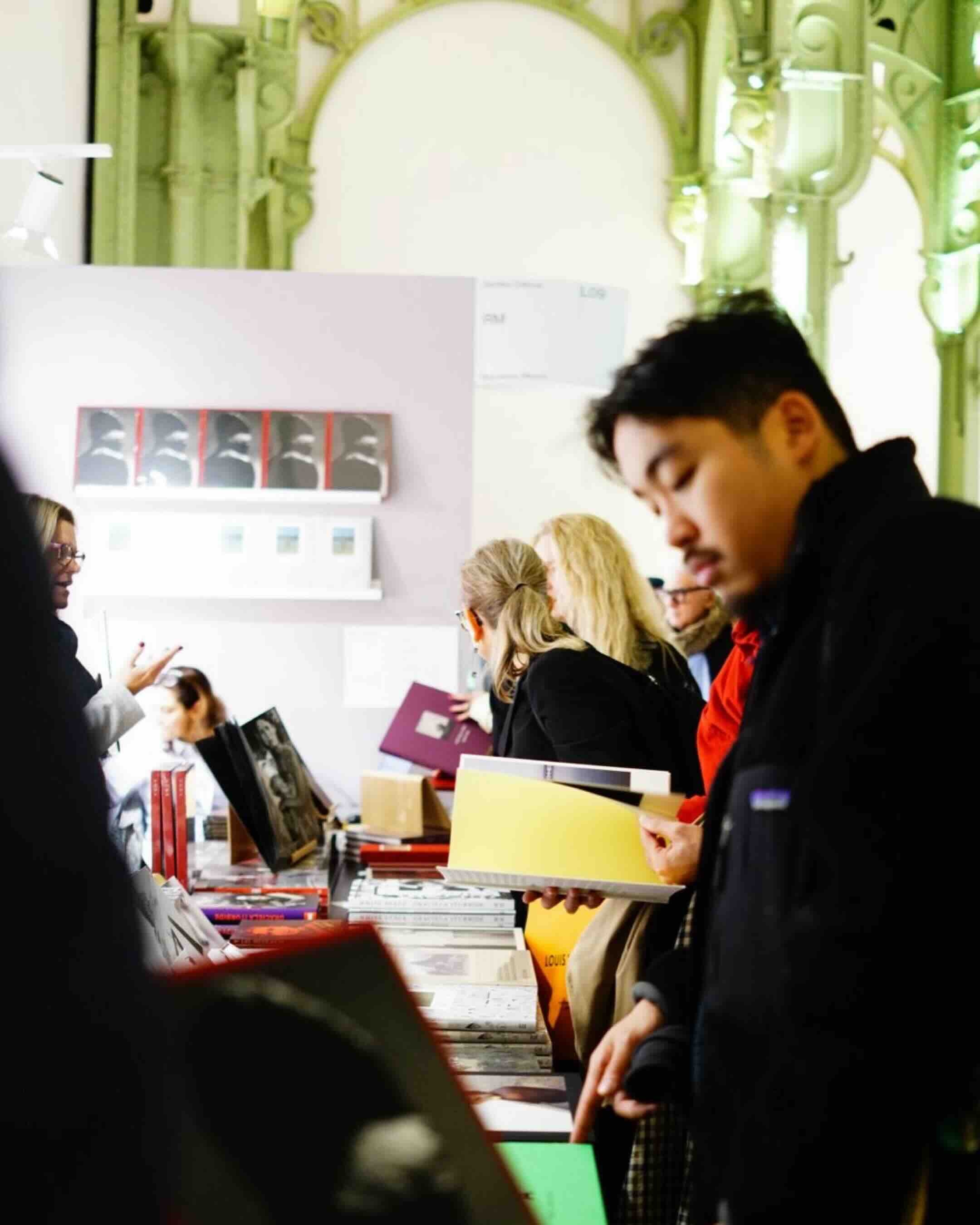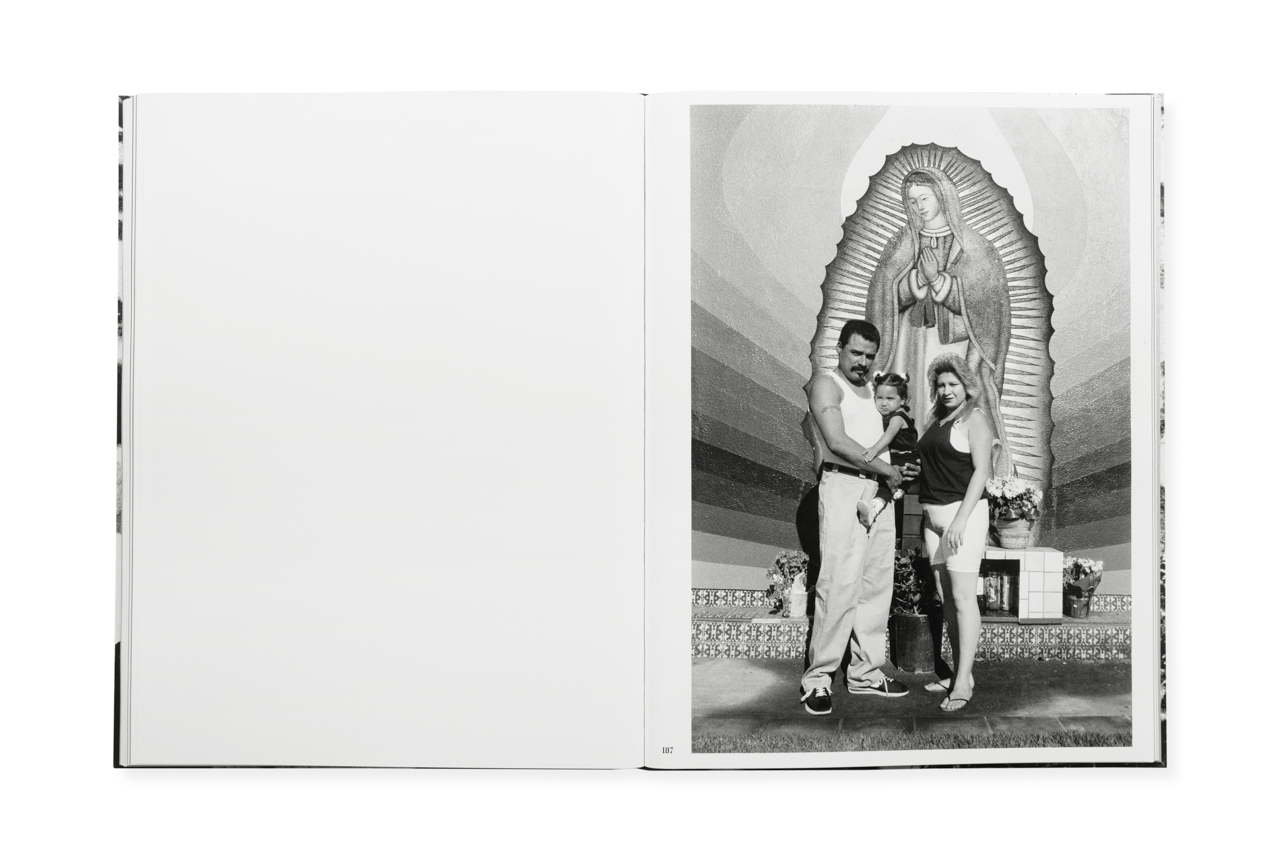All images courtesy of Editorial RM
Celebrating the launch of its 500th publication, the publisher specialises in making photobooks by Latin American and Spanish image-makers, and much more
Raquel Villar-Pérez: Could you tell us a little about yourself and how Editorial RM was started?
Ramón Reverté: I come from a family of publishers. My grandfather founded Editorial Reverté after the Spanish Civil War, because there was a huge need for education in Spain, and also in Latin America. My father took over the publishing house after my grandfather passed away. They publish scientific, technical and medical books; I have always been interested in books and visual objects, and have a large collection of comics, and photography and art publications.
Editorial RM was born almost incidentally. While working for my grandfather’s publishing house in Mexico, I met Guillermo Eguiarte, current director of Casa Luis Barragán in Mexico, who introduced me to the work of Luis Barragán. Barragán photographed architecture and
had a very powerful use of colour; I was very attracted to his work and went to buy a book, but there was none. So we published the first. Though Editorial RM was formally founded later, I consider that our first photobook.
RVP: You operate from Barcelona and Mexico City. Why was Barcelona brought into the picture?
RR: When Editorial RM was born, I was living in Mexico. The biggest problem we encountered was the cost of distributing books from Mexico, but in Spain we already had the infrastructure of my grandfather’s publishing house. Besides, shipping books from Spain to Latin America is cheaper than within Latin America itself. [Opening an office in Barcelona] expanded our editorial focus, because we began to publish Spanish and European photographers who have a connection to Spanish-speaking contexts – such as Martin Parr, who made a book about Latin American beaches. We now have editorial directors in both locations. Latin American projects are managed from Mexico, and any project in Europe or Asia is managed from Spain. Mexico continues to carry more weight, and we continue to produce more books in America than in Spain, because we feel there are more opportunities in Latin America.
RVP: What role does photography play within the editorial remit of Editorial RM?
RR: Editorial RM started as a visual arts publisher, primarily focusing on photography. We made a photobook by Juan Rulfo, a Mexican writer, screenwriter and photographer; no other books of Rulfo’s photographs were available in the market at that time, and ours sold out immediately. After this success, Rulfo’s family asked us to publish his literary work. It had previously been published by big publishing houses who had delivered big turnovers, but they didn’t care for the quality of the copies. Now we continue to publish a curated catalogue of Latin American literary classics.

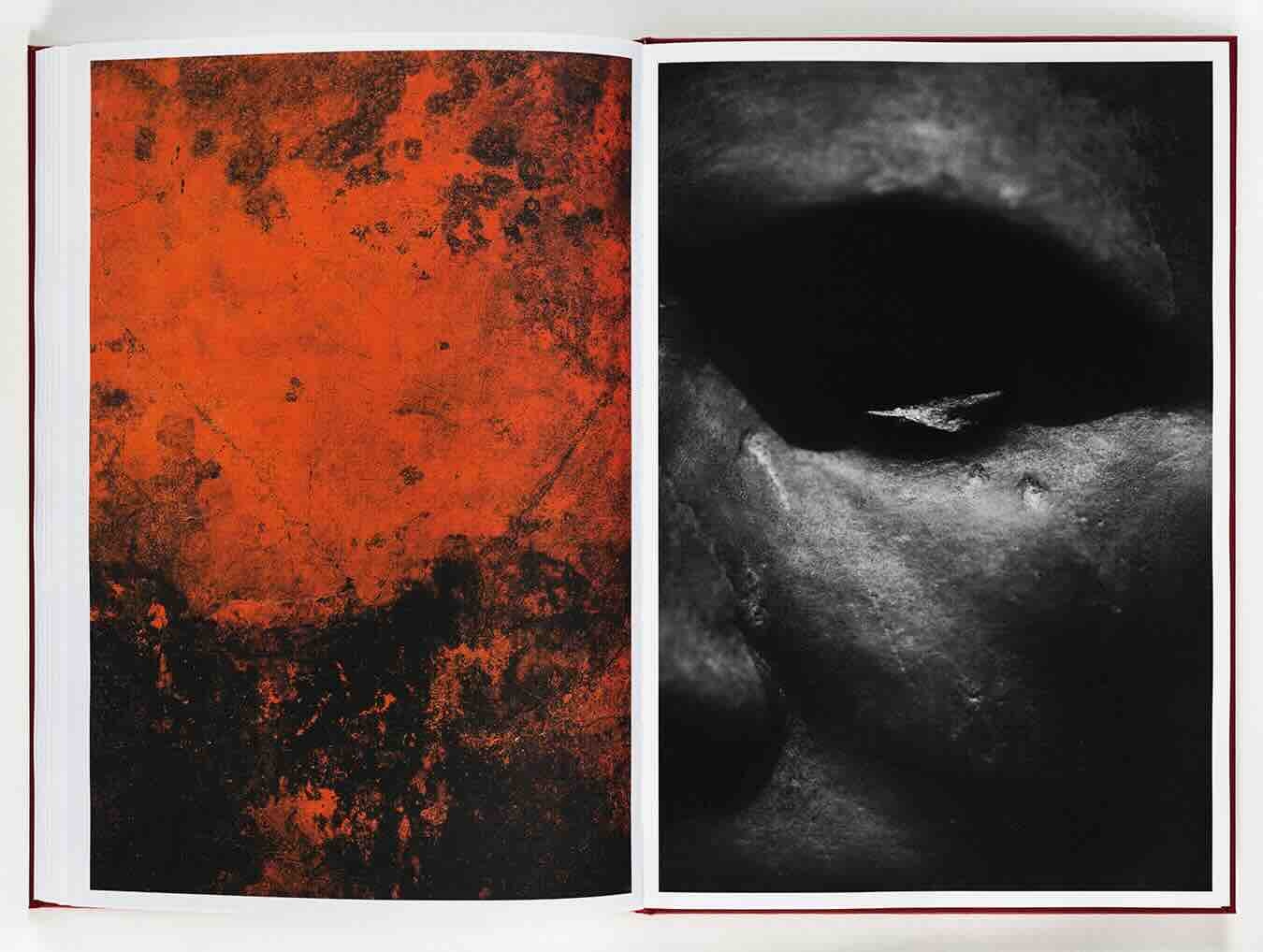
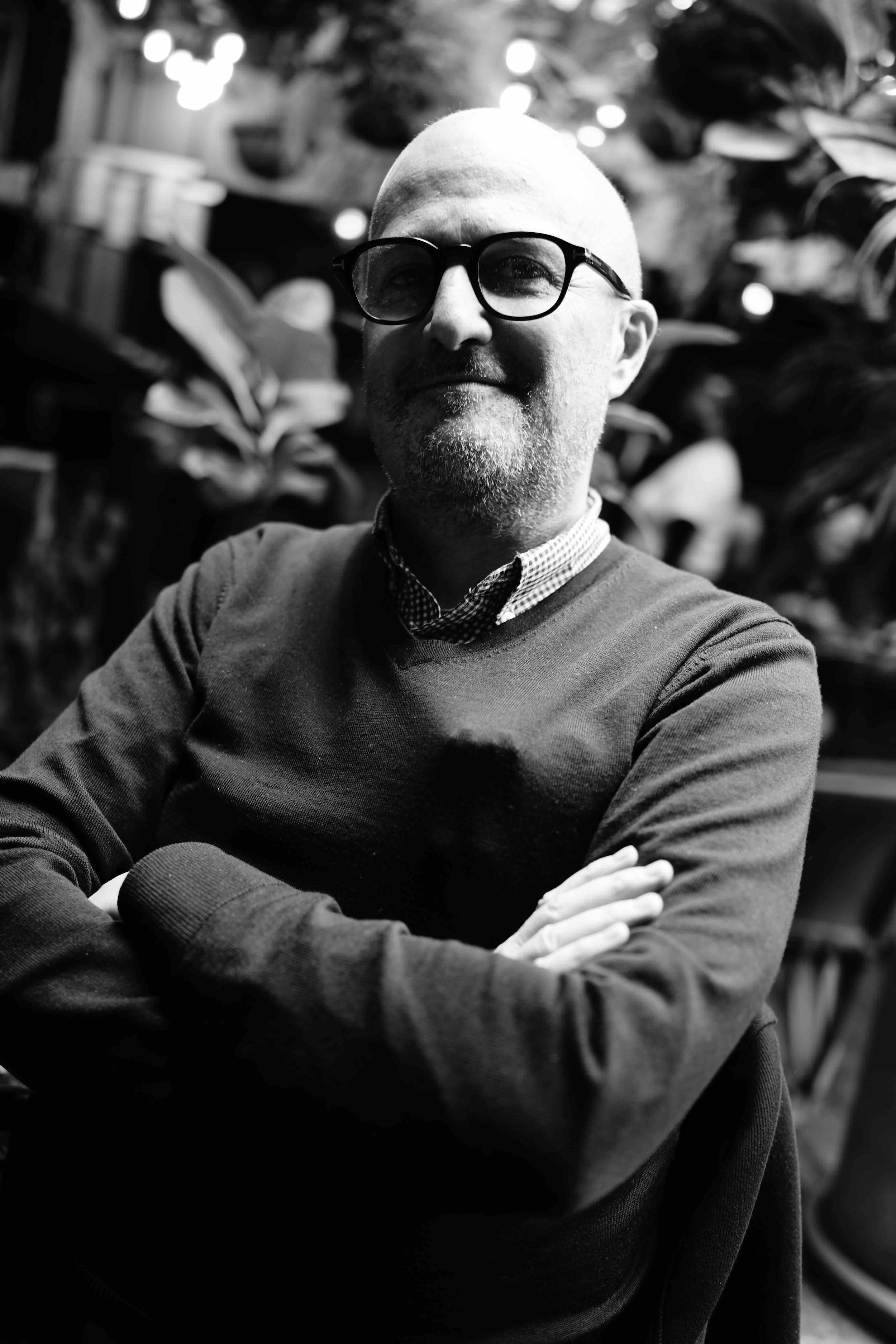
“Latin American photobooks and photography are gaining audiences in the United States, for political reasons. The US is now paying a lot of attention to the periphery and gender, so the Latin American region is very attractive to them”
RVP: How do you select the projects you work on?
RR: We have many proposals arriving all the time from museums and photographers, but we could not dream of publishing them all. Producing a good book is very expensive and, ultimately, we are a small business. The decision-making depends on the quality of the project, whether it meets the editorial vision, and if it could coexist with the rest of the publications in our catalogue. I believe that any solid publishing project, with good photographs, a good sequence, and a clear narrative, allows you to make a good photobook. The dilemma lies instead on the format of the book, the materials to use, the types of paper, and so on.
RVP: How do you work with the designers, artists and others involved in the process?
RR: Sometimes jobs don’t need any design or editing, other times they need more work, and I handle the creative direction. We don’t have in-house designers, because we want to avoid a uniform style; instead, I decide on the designer whose style fits the project. We then enter a dialogue, in which the photographer is also involved and makes the final choices. But we normally cut down the number of images, so the reader finishes the book and says, ‘This is amazing. I wish they had put in more!’
RVP: What are the challenges facing publishers specialising in art and photography books?
RR: The only thing harming the photobook is that too many books are being published, and not all of them are of quality. Photobooks and art in general are in very good health, and people in the photo industry prefer to see images on paper [than online]. I think the market is growing, but in an uneven way. Photobooks either sell very well, or they don’t sell. The middle ground that once existed is disappearing.
RVP: What is the current state of the Latin American photobook ecosystem?
RR: There are very few good books in Latin America – they haven’t developed their own photographic language, and we struggle to find publications with a unique approach. Having said that, the market is maturing, and people have a better visual education. There is also a growing number of photographers and experts on photography and photobooks. Latin American photobooks and photography are gaining audiences in the United States, for political reasons. The US is now paying a lot of attention to the periphery and gender, so the Latin American region is very attractive to them. In fact, to better serve this market, all our books are in English, with some having Spanish translations.
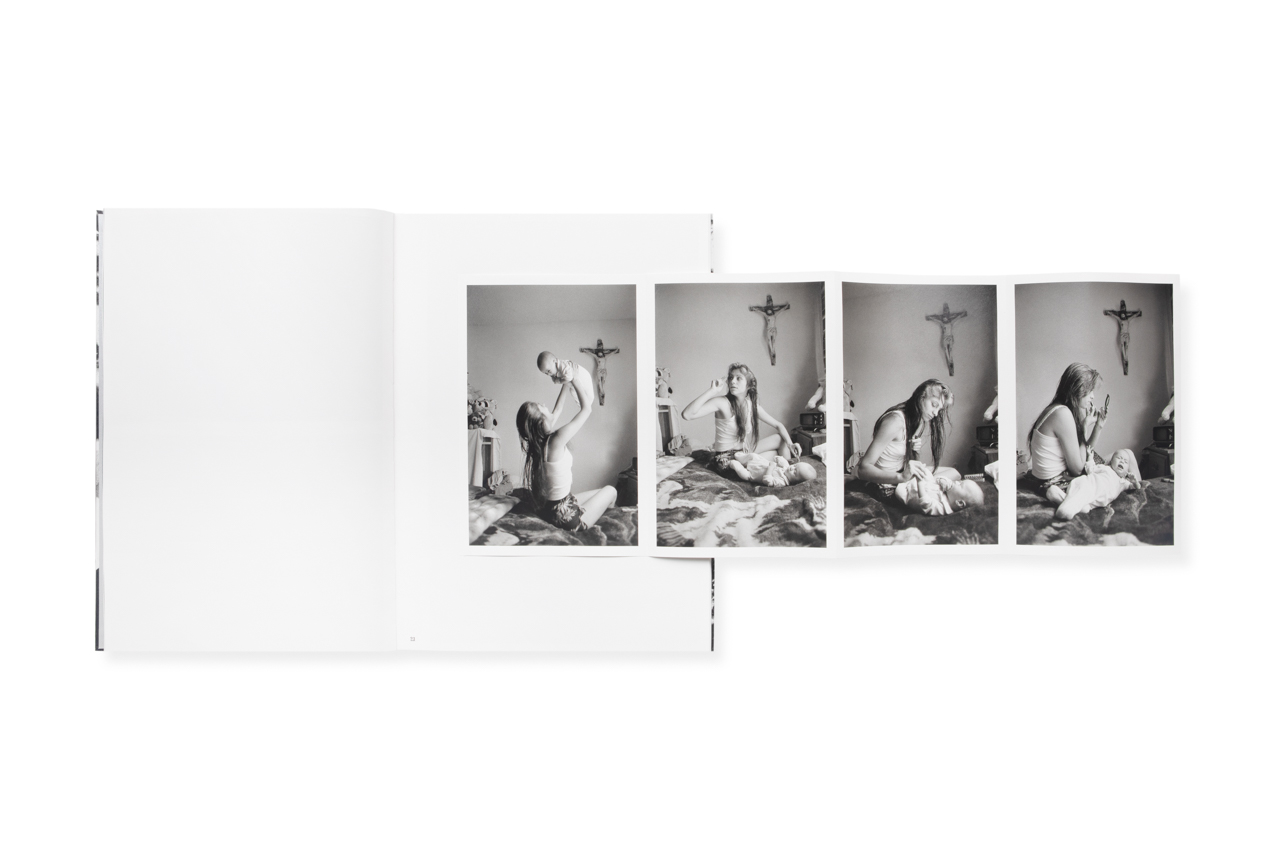
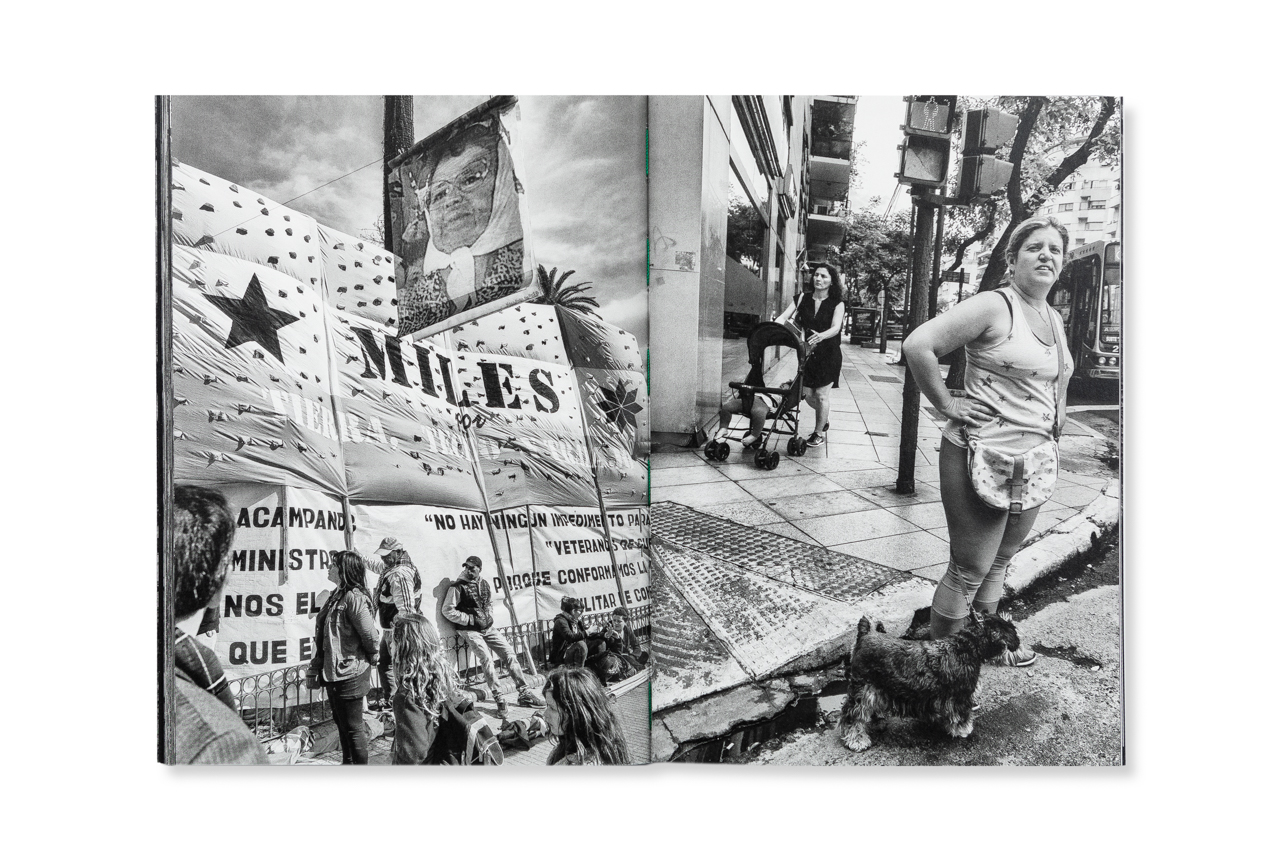
RVP: How are Latin American photobooks received in Europe?
RR: Europe is more generalist, and the country that sets trends is France. It’s harder for Latin American photography to enter the European market because, culturally, it’s very alien to the French. In Spain it’s different because of the historical ties. The exhibition Fotografía pública / Photography in Print 1919–1939 at Museum Reina Sofía in 1999 and the publication The Photobook: A History Volume I by Martin Parr and Gerry Badger helped change perceptions. They helped to popularise collecting photobooks from Asia and Latin America, and to create a network of bookshops and dealers specialised in photography and photobooks from specific regions.
RVP: What initiatives has Editorial RM undertaken to promote Latin American photobooks internationally?
RR: We prioritise photographers with fewer options or less access to the photography world, provided their project is of quality. Since our DNA is mostly Latin American, we always have a preference towards photographers from the region. This is the differential point that sets us apart from other publishers. Our greatest success has been publishing Juan Rulfo’s literary works, then publishing major Latin American photographers and artists. Early on we realised that, although Latin American photography has outstanding exponents, it had not been sufficiently published or recognised internationally.
RVP: Which project are you particularly proud of and why?
RR: Our first book on Luis Barragán’s work. This book emerged from a need and a gap in the market, and it was so successful – reprinted numerous times – that it allowed us to launch a second and then a third book. That momentum led us to conceive of Editorial RM within Editorial Reverté. But our biggest lessons have come from mistakes. We’ve made conceptual mistakes, from not fully understanding the market to taking risks on projects without a clear audience. We’ve also failed at times to read the moment or anticipate trends. Each misstep has forced us to improve in every aspect. Observing the work of our peers has also allowed us to learn and evolve.
RVP: What are your plans for the future?
RR: Strengthening our natural markets, America and Spain, and improving distribution. We also want to dedicate more time to the conceptualisation of our books, and to finding a balance between publishing high-selling titles and supporting projects by lesser-known, less commercially viable authors, whose exceptional talent deserves recognition. This year we will introduce book series for the first time, launching Biblioteca Popular Mexicana, a collection of popular books about Mexico, and a series dedicated to female photographers across the Americas, from Canada to Argentina.
RVP: Do you plan for book number 500 to be a special publication?
RR: No. The editorial is a bit anti-system, we don’t even have a logo. We are for the job, as we say in Catalan, which means working because we have a passion for what we do, letting go of all the typical marketing strategies.
